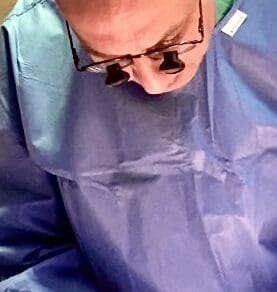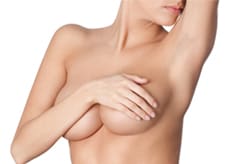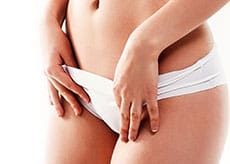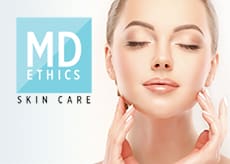News / Media
Dermal Facial Fillers:
In this short article I aim to explain dermal facial fillers, and their uses. It is the first of three posts. The next publication will explain the different facial fillers on the market, similarities and differences. The third publication will discuss techniques, potential risks and complications of treatments.
Dermal facial fillers have become popularised in the last 10 years. The understanding of beauty and its ratios have given us a different perspective on the way facial fillers have evolved in the last decade. In addition the sophistication of the methods they are administered and the results they can achieve have leaps and bounds.
Whilst they are commonly non permanent they can last from 6 months to in some cases up to 2 years. Dermal facial fillers are principally made from hyaluronic acid, which is used to keep the skin smooth and is found naturally in large amounts throughout our bodies when we are young. As we get older, this amount decreases causing our skin to lose the ability to retain moisture, and plumpness. However, the ageing process also causes our skin to sag.
Sometimes when creams and lotions are not sufficient, and surgery seems too drastic, a dermal facial filler may help to achieve a younger, fresher and smoother complexion.
Dermal fillers are a safe and popular choice as they can effectively diminish the signs of ageing, rehydrate the skin, and the results can be seen immediately. Nonetheless, the cosmetic results will continue to improve in the 3-4 weeks following the treatment as the hyaluronic acid will incorporate with the soft tissue lattice with stimulation of collagen. Hence, even when the filler has worn off, the cosmetic look does not return to the pre-treatment level.
As the face ages the bony skeleton also reduces in its volume, and so does the fat compartments, however, the fat compartments are also displaced southwards impacted on further by the effects of gravity.
Hyaluronic acid dermal fillers are designed to add volume (volumise), lift the skin and soft tissue of the face. Some of the fillers are designed to soften the creases of the skin by adding the dermal filler directly to lines or furrows, improving the signs of ageing and restoring definition to the face. They can also hydrate the skin and increase its vibrancy.
Dermal facial fillers can be used to positively modulate the face and its different aspects including the relevant cosmetic subunits and beauty ratios within the face. However, patient selection remains paramount in order to obtain the best outcomes and most natural results.
Different areas that can be treated in the face include traditionally the cheeks, under eyes (tear trough), Lips, chin, jawlines and temples. Other areas in the more advanced techniques include forehead, brows, and the galbella (between the eye brows).
The techniques used are either the direct method which involves injecting the areas of concern and will only achieve a limited outcome at a lower cost. The indirect method which can be staged achieves excellent results and go as far as achieving a non-surgical facelift effect, however at a higher cost.
The facial fillers are contained in special sterile syringe applicator from the factory. The treatment must be carried in a sterile fashion to reduce risks of infection. The filler can be delivered to the treated target by injection. The delivery is by injection with either the fine needle provided or a blunt end needle called a cannula.
The needle is precise, however, it is has a higher risk of penetrating a vessel. The other method is to use a cannula, which is less precise yet adds more safety as it is more difficult to penetrate a vessel. A needle can cause more bruising than a cannula.
In my opinion in either case, the most important is that the clinician injecting the facial fillers is trained, and understands the internal and surface anatomy of the face. A plastic surgeon is one such well positioned clinician to use facial filler and to achieve the best outcomes at the highest safety levels.
Both dermal facial fillers and wrinkle relaxing treatments can be complementary to one another, and are of benefit in obtaining a more rejuvenated look also following facial surgery and adds to the longevity of the surgical outcomes.
In my experience sun damaged skin and ageing skin would also benefit from being treated with skin products.
WHAT TO EXPECT
After a facial dermal fillers treatment, you may develop redness which is likely to disappear within several hours. Any swelling should settle in 3-7 days and any red treated areas should not be exposed to intense heat. Bruising may develop after a treatment, for which Arinca cream maybe recommended for reducing the effects of such bruising.
The results of the treatment although visible immediately it will continue to show improvement over 3-4 weeks time. It is recommended that you should not undergo dental procedures for a period1 week before the treatment and 2-3 weeks following the treatment. Always discuss the plan with you treating surgeon including the costs. Your treating surgeon will also discuss with you the benefits, potential risks and complications of the treatment.






